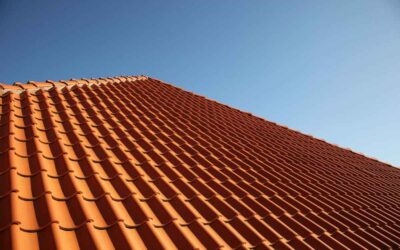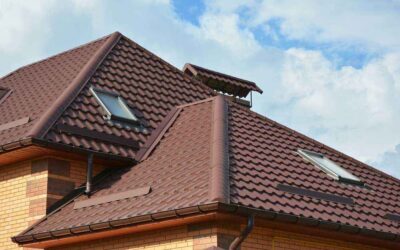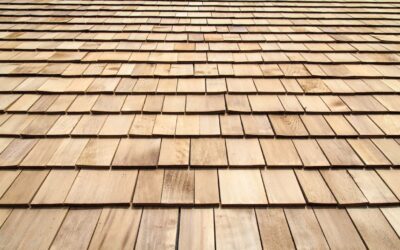Metal roofing is by far an industry leader in both the residential and commercial roofing industries. It offers home, and business owners unmatched durability, protection from the elements and longevity.
Metal roofing was long used as a commercial roofing material, but slowly, it began entering the residential market and flourished. Homeowners can now style their metal roofs according to their aesthetics.
Many were reluctant to install metal roofing on their homes due to the myths that metal roofs are loud and that they are prone to increasing your home’s temperature. Luckily, those myths were quickly debunked, and the success of metal roofing in the residential market took off.
If you’re thinking about installing a metal roofing system, but you’re unsure what to go for, then carry on reading as we detail the advantages and disadvantages of the various metal roofing options available.
Galvalume Roofing
Galvalume roofing is a combination of steel, zinc and aluminum. It offers homeowners all the benefits of these exceptional metals, including corrosion resistance, durability, high reflectivity and more.
Galvalume is available in a wide variety of hues and colors, giving homeowners the freedom to choose whichever color suits their home’s aesthetic.
For affordability, galvalume is one of the cheapest metal roofing options. Therefore, if your roofing budget is a little tight, you may still be able to install a galvalume roof for your home.
Aluminum Roofing
Aluminum roofing is by far the most popular metal roofing option in the US and worldwide.
Aluminum is exceptional at withstanding the forces of nature. It’s incredibly lightweight. Due to its anti-corrosive features, homeowners living in coastal areas can install this roofing material on their homes too.
Like most metals, aluminum is highly recyclable, making it one of the most environmentally friendly roofing materials on the market today.
Copper Roofing
Copper is known for its rich red natural color. Civilizations have used the material for hundreds of years, usually as decoration. Today, copper is popular roofing material for homeowner’s looking to add a bit of class and elegance to their homes.
The material is highly durable, lightweight, energy-efficient and recyclable. One of the standout features of copper is its self-healing properties. When copper has been overexposed to certain chemicals, corrosion occurs. However, when this happens, a thin layer of patina forms over the corroded area. The patina protects your cooper roof from being corroded further, thus extending its lifespan.
For information on metal roofing or roofing in general, don’t hesitate to give Rhoden Roofing a call!
This article is part of our ‘Residential/ Steep Slope Materials’ Series. Learn more about:
- Asphalt Composite Shingles
- Metal Roofing
- Wood/ Cedar Roofing
- Other
- Roof Component Materials
- Traditional “Organic” Felt vs Synthetic Underlayment: Which is better?
- What Is the Difference Between Open and Closed Valley Installation?
- Continuous Venting Ridge vs Static/Box Vents: Which is better?
- What Are the Benefits to a High Profile Hip and Ridge Shingle?
- What Is a Class 4 Rating? Who Makes That Determination?



